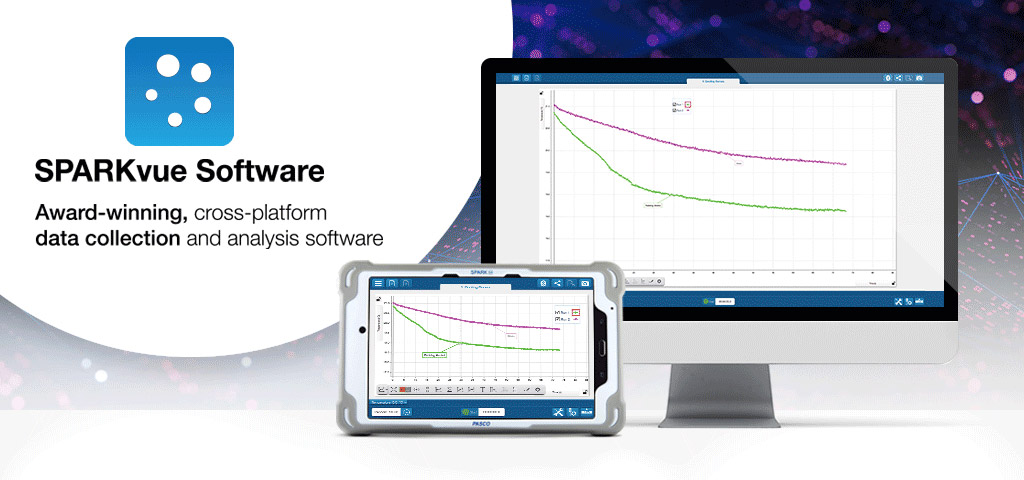Raintree Systems is recognized as the best EMR solution for specialty medical practices like Physical Therapy, Pediatric Physical Therapy, Rheumatology, Surgery Centers and Mental Health. Our clients value the power of Raintree because our products give them unrivaled control over their practice- regardless of size. Take a look around our site.
Free doesn’t mean you have to compromise on utility. These free and open source EMR tools fulfill all the essential tasks your medical practice needs.
As a doctor you may not be able to avoid data entry or complicated payment structures completely. But you can minimize the cost of going paperless by using free electronic medical records (EMR) software.
In this article, we’ll look at the three best free and open source EMR solutions listed on Capterra. But don’t assume they are inferior tools just because they are available for no cost.
These solutions offer all the core EMR features (charting, decision support, and coding assistance) essential to medical practices.
It’s important to note, however, that free solutions typically either limit the number of physicians who can use them at the free level or require significant developer time and talent to implement correctly.
What does “best” mean? Each of the three tools in this article has received a minimum user rating of four (out of five) in Capterra’s directory in the past year. You can find our full methodology here.
Here are our top three picks (listed alphabetically):
3 best free and open source EMR software
1. 75Health
75Health is a free, cloud-based solution that helps medical practices manage patient information and digital records. Its functionalities include e-prescribing, charting, clinical decision support, a built-in scheduler, drug list management, vaccination tracking, appointment scheduling, and voice recognition.
| Pros | Cons |
|---|---|
|
|
Cost to upgrade: Contact vendor.
Highly rated by: During 2018-2019, 82% of user reviews came from small practices (fewer than 200 employees), 6% from midsize practices (201 to 1,000 employees), and 12% from large practices (more than 1,000 employees).
Appointment scheduling in 75Health (Source)
2. OpenEMR
OpenEMR is a free and open source tool that offers EHR and practice management capabilities. Its main features include appointment scheduling, e-prescribing, compliance tracking, charting, voice recognition, billing, and a patient portal.
| Pros | Cons |
|---|---|
|
|
Cost to upgrade: None. (However, professional support comes at an additional fee, ranging from $40-$120 per hour.)
Highly rated by: During 2018-2019, 100% of user reviews came from small practices (fewer than 200 employees).
Appointment scheduling in OpenEMR (Source)
3. OpenMRS 2
OpenMRS 2 is a free and open source tool that offers EMR and practice management capabilities. Its main features include appointment scheduling, charting, billing, a patient portal, reporting, and patient workflow management. The software is designed to be useful for practices lacking IT or technical staff, and can be customized by adding new data items, forms, and reports without programming.
| Pros | Cons |
|---|---|
|
|
Cost to upgrade:$1,500-$3,000 (Source)
Highly rated by: During 2018-2019, 100% of user reviews came from large practices (more than 1,000 employees).
Billing function in OpenMRS 2 (Source)
Next steps
After evaluating these three products, the next step is deciding which EMR tool you should actually use. Here’s how to go about it:
- Compare usage limits in the free plan: Eliminate tools that don’t meet your needs in terms of data storage or the number of free users.
- Calculate upgrade cost: Decide on an annual budget for your EMR tool, and eliminate tools that exceed it. Ensure that the available upgrade plan has all the required features your growing practice will need.
- Read user reviews: Comb through users reviews on Capterra to assess the relevance of EMR tools in your practice.
If you currently use or have used a free EMR tool that worked well for your practice, let us know in the comments below.
For more information related to EMR software, check out these resources: |
Methodology
Products considered for this article must be free. We classified a product as free if:
- It offers a free, standalone version of the software.
- It is not a trial version of the software where you must purchase a product version after a limited amount of time.
Selection criteria
To do so when working in Pages you need to choose FileViewShow Word Count (Mac). 

The products that met the above criteria were then evaluated against our EMR software definition: Electronic Medical Records (EMR) software automates the clinical operations of healthcare providers. It allows medical professionals to create, store, update, and share digital patient charts, histories, medications, test results, and more.
This check verified the basic EMR software capabilities and appropriateness for the category. A product was classified as EMR software if it contained these core features: charting, decision support, and coding assistance; and at least four of the common features: order entry, ONC-ATCB certification, patient portal, reporting/analytics, and clinical dashboard.
*Note: Listed pros and cons are derived from features listed on the product website and product user reviews on Gartner Digital Markets domains (Capterra, GetApp, and Software Advice). They do not represent the views of, nor constitute an endorsement by, Capterra or its affiliates. Reviews data was used to determine the target business size of the product.
Looking for Electronic Medical Records software? Check out Capterra's list of the best Electronic Medical Records software solutions.
